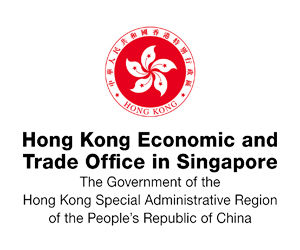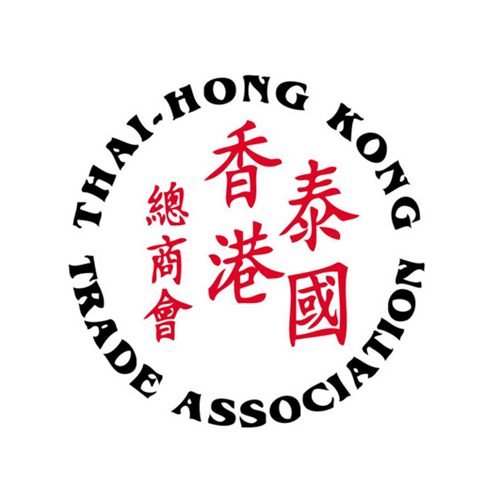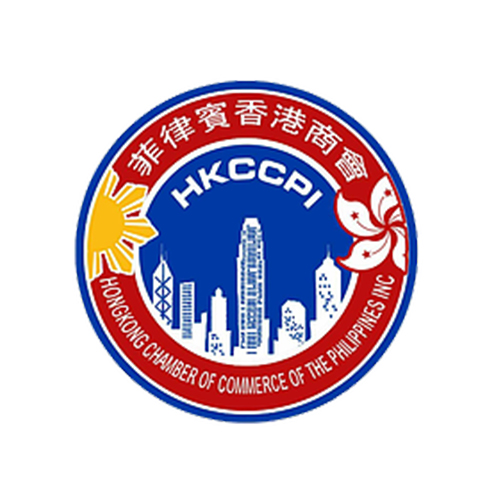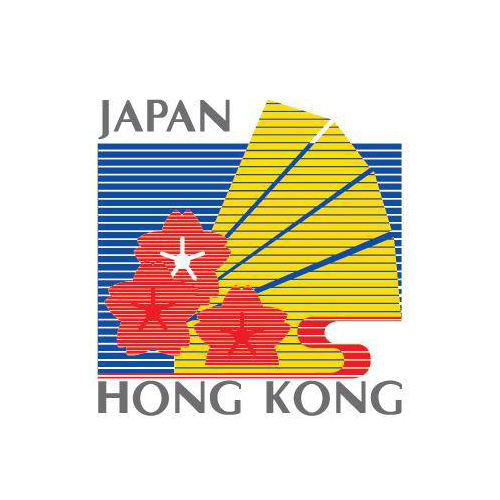Want to be in the loop?
subscribe to
our notification
Business News
OVER VND77 TRILLION EARMARKED FOR HCMC PORT SYSTEM THROUGH 2030
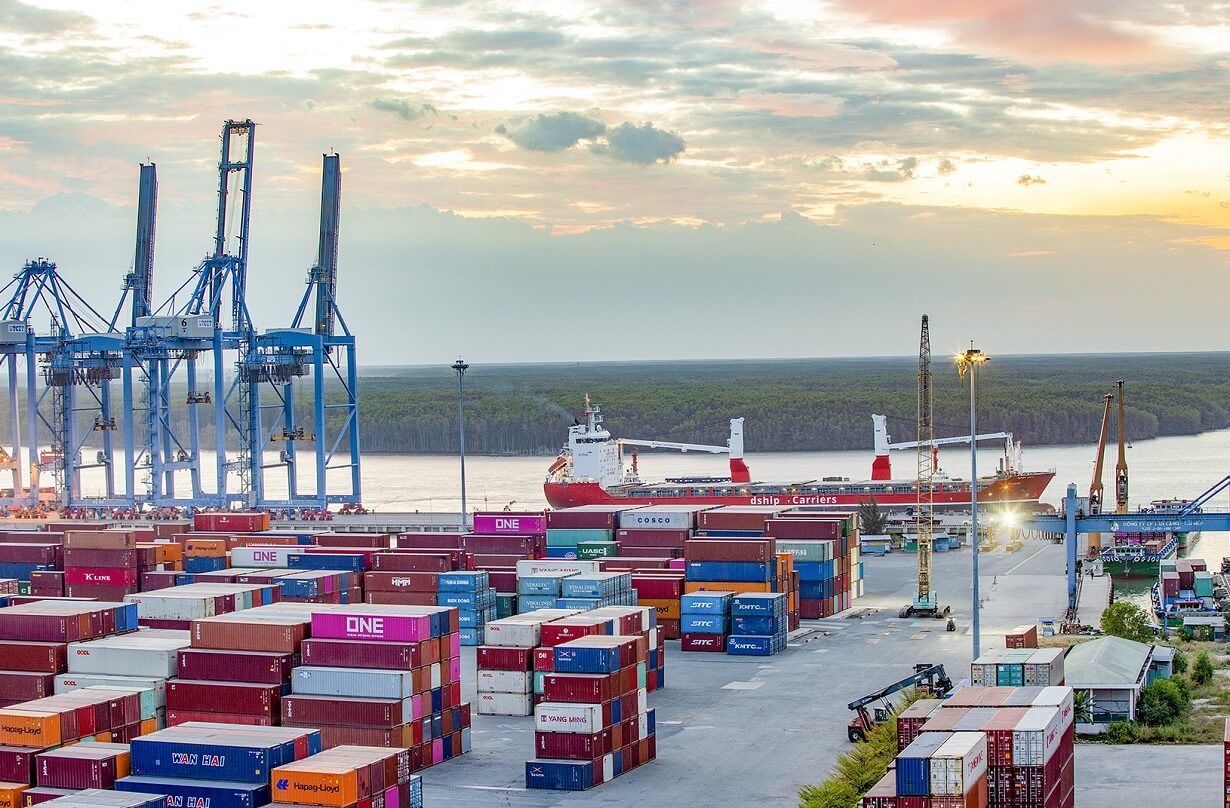
Container ships dock at a port in Vietnam - PHOTO: ARCHIVES
HCMC – The Ministry of Construction has approved a comprehensive development plan for HCMC’s seaport system through 2030, with total investment needs exceeding VND77 trillion to expand capacity, improve infrastructure, and support long-term urban growth.
The HCMC seaport system will require 1,567 hectares of land by 2030. The investment will include over VND2.95 trillion for public maritime infrastructure and VND74.5 trillion for commercial port operations and cargo handling facilities, reported the Vietnam News Agency.
The development plan covers multiple port areas, including Cat Lai–Phu Huu, Saigon River, Hiep Phuoc, Nha Be, Long Binh, and a proposed international transshipment terminal in Can Gio District. Additional anchorage and storm-shelter zones are also included.
By 2030, the seaport system is expected to handle between 228 and 253 million tons of cargo and 170,600 to 184,400 passengers annually. The network is projected to grow to 41–44 ports with around 89–94 wharves.
Looking to 2050, cargo throughput at HCMC ports is forecast to grow at an annual rate of 3.5–3.8%, while passenger volume is expected to increase by 0.9–1% per year.
As part of the long-term strategy, the ministry aims to develop the Can Gio international transshipment terminal to complement the Cai Mep–Thi Vai port complex, forming a major regional and international port cluster. The plan also involves relocating existing ports along the Saigon River to align with HCMC’s urban development strategy.
Key investment priorities include a navigation channel capable of receiving vessels of up to 250,000 tons at the Can Gio terminal, as well as cruise ship and yacht berths linked to tourism development zones.
Source: The Saigon Times
Related News
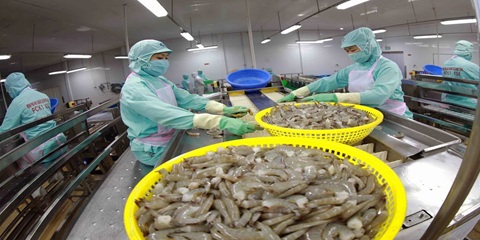
VIETNAM’S SEAFOOD EXPORTS HIT OVER US$10 BILLION IN JAN-NOV
Seafood export revenue in November alone amounted to nearly US$990 million, up 6.6% year-on-year. Key product groups posted solid gains. Shrimp exports rose 11.7% to over US$385 million, supported by strong demand for whiteleg shrimp and lobster. Tra fish shipments increased 9.7% to almost US$197 million, while marine fish, squid, and mollusk exports maintained their recovery.
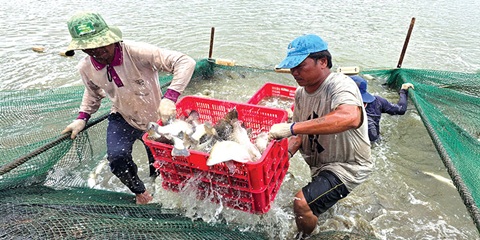
VIETNAM’S AGRO-FORESTRY-FISHERY EXPORTS HIT NEW RECORD IN JAN-NOV
Vietnam’s agro-forestry-fishery export revenue reached an estimated US$64.01 billion in the first 11 months of 2025, up 12.6% year-on-year and surpassing the full-year record of US$62.4 billion set in 2024. Agricultural exports reached US$34.24 billion, up 15% year-on-year, while livestock products brought in US$567.4 million, a 16.8% increase. Seafood exports rose 13.2% to US$10.38 billion, and forestry products earned US$16.61 billion, up 5.9%.

HANOI REPORTS RECORD-HIGH BUDGET REVENUE IN 2025
Hanoi’s budget revenue is estimated to reach VND641.7 trillion in 2025, the highest level ever recorded and nearly 25% above the revised target, according to a report by the municipal government. Data from the city’s socioeconomic performance review shows that total state budget collections in 2025 are projected to reach 124.9% of the adjusted plan and rise 24.9% from 2024, the Vietnam News Agency reported.
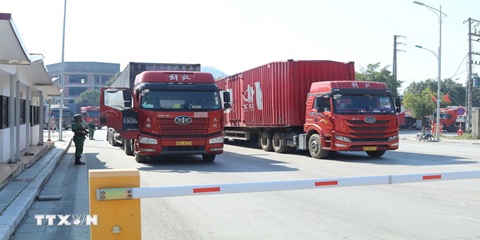
VIETNAM, CHINA TO PILOT TWO-WAY CARGO TRANSPORT AT LANG SON BORDER
Vietnam and China will launch a one-year pilot program on December 10 to allow two-way cargo transport through the Huu Nghi–Youyi Guan international border gates in Lang Son Province, reported the Vietnam News Agency. The Dong Dang-Lang Son Economic Zone Management Board said the trial aims to reduce transport costs and improve customs clearance capacity.
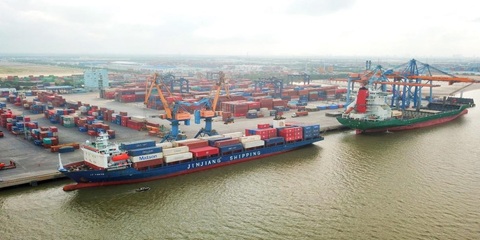
VIETNAM’S IMPORT-EXPORT VALUE NEARS US$840 BILLION IN JAN-NOV
The total value of Vietnam’s imports and exports was nearly US$840 billion between January and November this year, the highest level ever recorded, according to the National Statistics Office. In its latest report on the country’s socio-economic performance, the National Statistics Office highlighted a series of positive economic indicators, with trade emerging as one of the strongest drivers of growth.

OVER 19 MILLION INTERNATIONAL VISITORS COME TO VIETNAM IN JAN-NOV
Vietnam received more than 19.1 million international visitors in the first 11 months of 2025, a 20.9% increase year-on-year and the highest level ever recorded, according to the National Statistics Office. The figure surpasses the full-year record of 18 million arrivals set in 2019, before the Covid-19 pandemic. Nearly two million foreign visitors arrived in November alone, up 14.2% from October and 15.6% from the same period last year.
